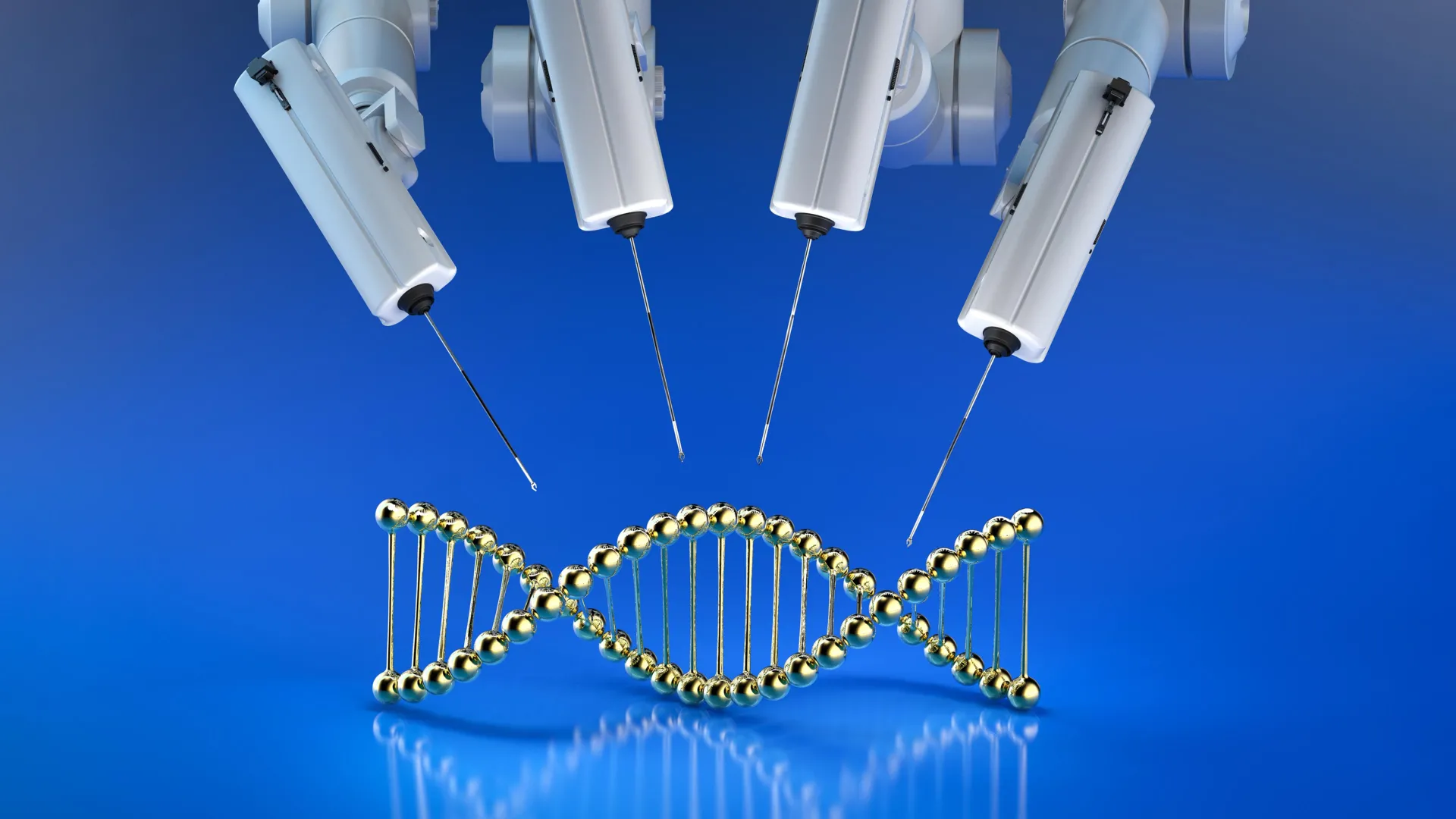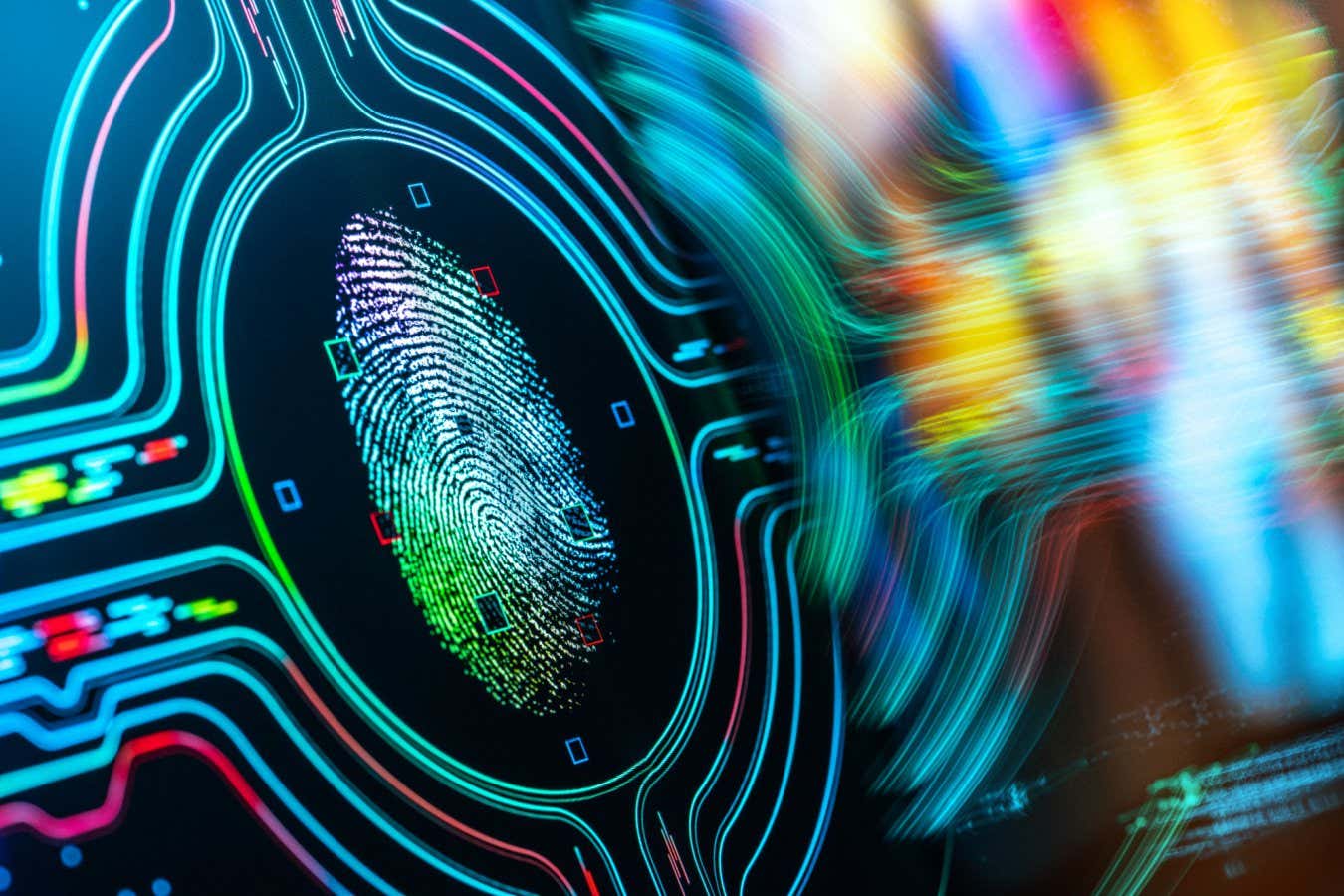Support CleanTechnica’s work through a Substack subscription or on Stripe.
Because why not?
NVIDIA has actually been involved in the robotaxi world for years, providing different hardware needs to various automakers who have been automating more and more driving. For example, I just noticed that four years ago I wrote about AutoX robotaxis using NVIDIA Drive. NVIDIA also put out a blog post highlighting that “Cruise, Zoox, DiDi, Oxbotica, Pony.ai and AutoX [were] developing level 4/5 systems on NVIDIA’s autonomous vehicle platform.” It also acquired DeepMap at that time. “DeepMap expected to extend NVIDIA mapping products, scale worldwide map operations and expand NVIDIA’s full-self driving expertise,” the company announced in 2021.







